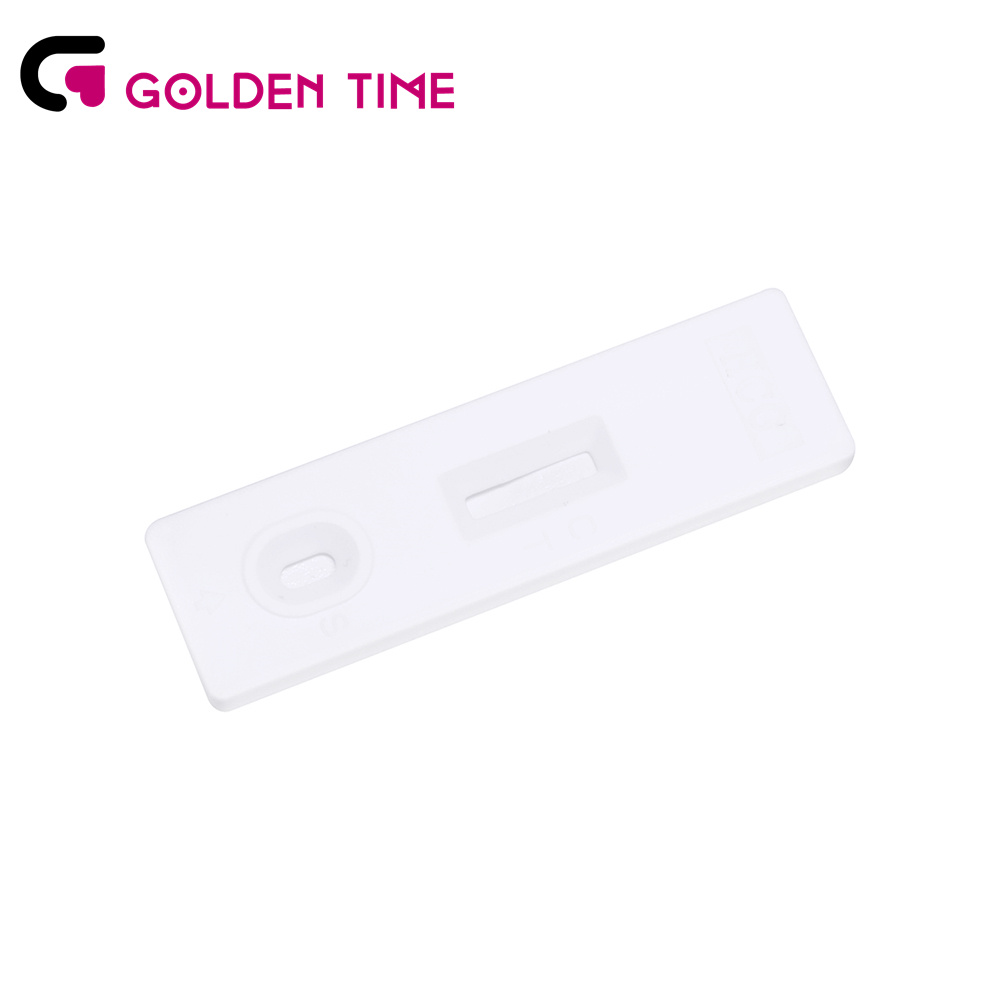Նյմ . 16, 2024 09:05 Back to list
best diagnostic test for h pylori
Best Diagnostic Test for H. Pylori An Overview
Helicobacter pylori (H. pylori) is a gram-negative bacterium that colonizes the gastric mucosa and is recognized as a significant contributor to various gastrointestinal disorders, including chronic gastritis, peptic ulcers, and gastric cancer. Accurate diagnosis of H. pylori infection is crucial for effective management and treatment. This article explores the best diagnostic tests available for H. pylori, evaluating their sensitivity, specificity, and practicality.
1. Non-Invasive Tests
a. Urea Breath Test (UBT)
The urea breath test (UBT) is often hailed as one of the most effective non-invasive methods for diagnosing H. pylori. In this test, patients ingest a urea solution labeled with a specific carbon isotope. If H. pylori is present in the stomach, the bacterium breaks down the urea, releasing carbon dioxide that is absorbed into the bloodstream and eventually exhaled. The breath sample is analyzed for elevated levels of carbon dioxide, indicating an infection. UBT is highly sensitive (approximately 95%) and specific (around 95%), making it a reliable diagnostic tool.
b. Stool Antigen Test
The stool antigen test (SAT) detects H. pylori antigens in a patient's stool sample. This test is also non-invasive and boasts a high sensitivity (about 90%) and specificity (about 95%). SAT is particularly useful for confirming eradication after treatment, as it can detect current infections effectively. However, its accuracy can be influenced by prior antibiotic use or bismuth-containing medications.
best diagnostic test for h pylori

a. Endoscopy with Biopsy
Endoscopy remains the gold standard for diagnosing H. pylori due to its capacity to provide a direct view of the gastric mucosa. During this procedure, which typically requires sedation, a flexible tube with a camera is inserted through the mouth to examine the stomach and duodenum. Biopsies can be taken for histological analysis, culture, or rapid urease tests. Though this invasive method is reliable (sensitivity around 90% and specificity about 100%), it is generally reserved for patients with severe symptoms, such as gastrointestinal bleeding or a high risk of malignancy, due to its associated risks and costs.
b. Rapid Urease Testing
Rapid urease testing can be performed on biopsy samples obtained during endoscopy. This test detects the urease enzyme produced by H. pylori, providing rapid results, often within hours. While this test is useful and specific (around 90-95%), its sensitivity is somewhat lower, particularly if the bacterial load is low or if the biopsy is taken from areas without significant colonization.
Conclusion
Choosing the best diagnostic test for H. pylori largely depends on individual patient factors, clinical presentation, and resource availability. The urea breath test stands out for its non-invasive nature, high accuracy, and ease of administration, making it a popular first-line diagnostic tool. The stool antigen test is an excellent alternative, particularly for post-treatment verification. Meanwhile, invasive procedures are typically reserved for more complex cases.
Ultimately, the choice of diagnostic test should consider the patient's history, symptom severity, and potential risks associated with invasive testing. As research continues to evolve, the goal remains to improve the accuracy and efficiency of H. pylori detection, enhancing patient outcomes in the management of gastrointestinal health.
-
Dengue NS1 Rapid Diagnostic Test Kit
NewsMar.07,2025
-
Dengue NS1 Rapid Diagnostic Test Kit
NewsMar.07,2025
-
Dengue NS1 Rapid Diagnostic Test Kit
NewsMar.07,2025
-
Transferrin Rapid Test Cassette Tumor Marker TF Card
NewsMar.07,2025
-
Malaria Pf Pan Rapid Diagnostic Test Kit
NewsMar.07,2025
-
malaria pf / pan ag rapid test
NewsMar.07,2025

